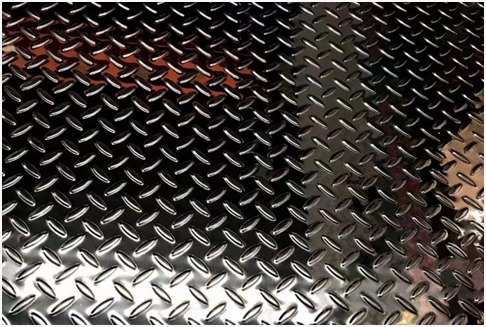
What is the Price of Stainless Steel Checker Plate?
Stainless steel checker plate are widely used in various industries for their durability, corrosion resistance, and aesthetic appeal. However, determining the price of stainless steel checker plate involves several factors that buyers need to consider. In this comprehensive guide, as leading stainless steel checker plate suppliers, we will discuss the key determinants of stainless steel checker plate pricing, providing valuable insights for buyers and industry professionals.
Stainless Steel Checker Plate —1. Raw Material Costs
Raw Material Quality and Grade:
The price of stainless steel checker plate is heavily influenced by the quality and grade of the raw materials used in their production. Higher-grade stainless steel alloys, such as 304 or 316, command a premium due to their superior corrosion resistance and durability.
Market Demand and Supply:
Fluctuations in the demand and supply of raw materials, such as nickel and chromium, can significantly impact the price of stainless steel checker plates. When demand exceeds supply, prices tend to rise, and vice versa.
Stainless Steel Checker Plate —2. Manufacturing Process
Production Method:
The manufacturing process employed by stainless steel checker plate suppliers can affect its price. Plates produced using advanced techniques, such as hot rolling or laser cutting, may be priced higher due to the precision and quality achieved.
Surface Finish:
Different surface finishes, such as polished, brushed, or embossed, require varying levels of processing, which can influence the final price of stainless steel checker plates.
Stainless Steel Checker Plate —3. Plate Thickness and Size
Thickness:
Thicker stainless steel checker plates generally cost more than thinner ones due to the higher material usage and processing requirements.
Size and Dimensions:
The size and dimensions of the checker plates also play a role in determining their price. Custom sizes or non-standard dimensions may incur additional manufacturing costs, impacting the overall price.
Stainless Steel Checker Plate —4. Quantity and Volume
Order Volume:
Bulk orders typically command lower prices per unit compared to smaller quantities. Stainless steel checker plate suppliers often offer discounts or preferential rates for large-volume purchases.
Stainless Steel Checker Plate —5. Market Conditions
Geographical Location:
Regional factors, such as taxes, import duties, and transportation costs, can vary, leading to price disparities for stainless steel checker plates in different locations.
Economic Factors:
Overall economic conditions, currency fluctuations, and inflation rates can influence the pricing strategies of stainless steel checker plate suppliers, leading to price variations over time.
FOR MORE INFORMATION CLICK HERE : valentine day gift for wife
Conclusion
In conclusion, the price of stainless steel checker plate is determined by a combination of factors, including raw material costs, manufacturing processes, plate thickness and size, order volume, and market conditions. Buyers should carefully evaluate these factors and work closely with reputable stainless steel checker plate suppliers to ensure they receive high-quality products at competitive prices. By understanding the intricacies of pricing in the stainless steel industry, buyers can make informed decisions and optimize their procurement processes.
